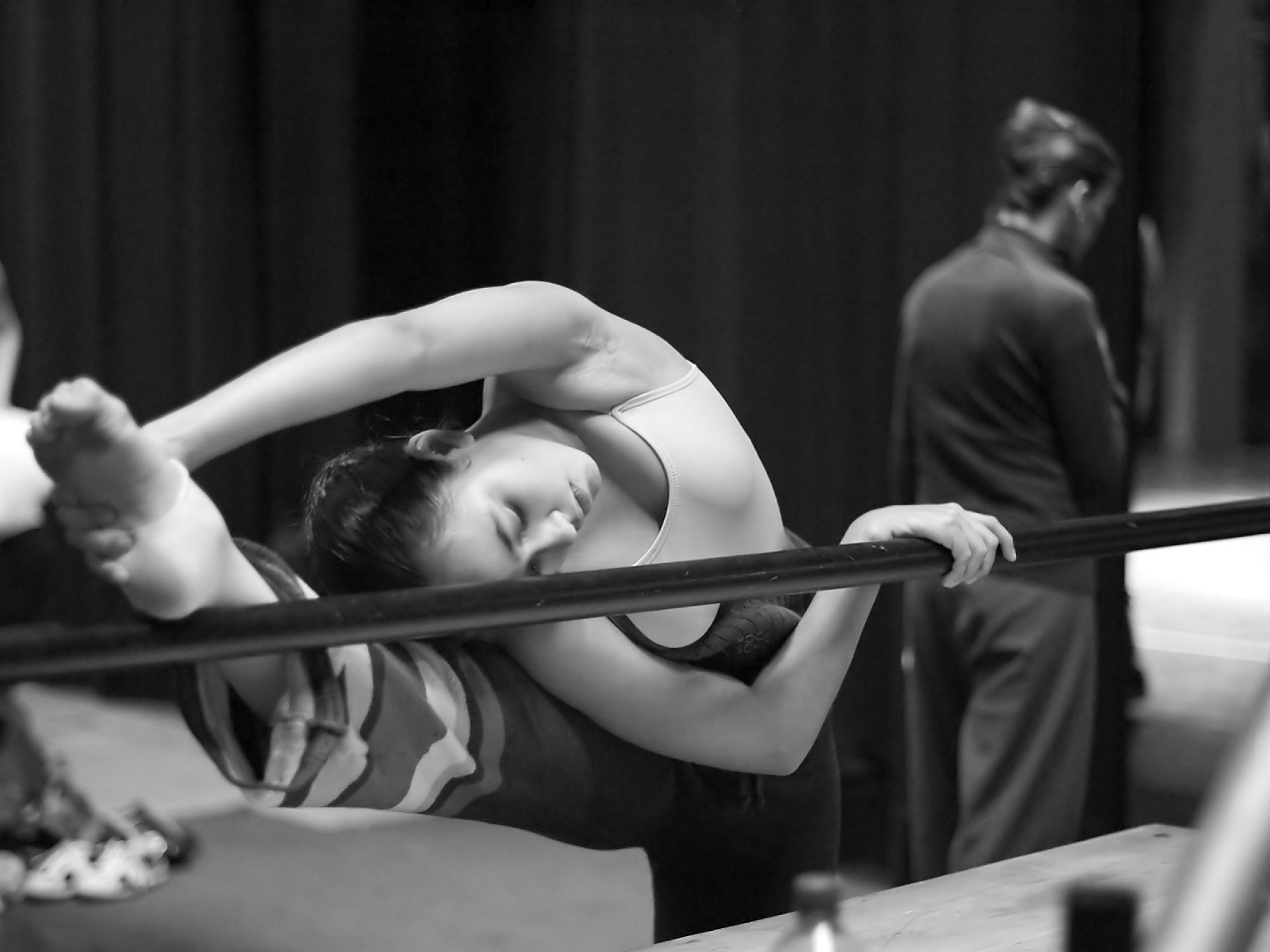Magazine

October 29, 2019

This article was originally published in Populous Magazine, our biannual publication featuring news and trends from the worlds of sport, entertainment, and major public events. Find out more, and sign up to receive a free copy, here.
For centuries ballet dancers have suffered pain and injury to master their art. The Royal Ballet in London is now using cutting-edge science to fight back, and lift the dance form into the future, as Mark Bailey discovers.
Hidden among the rehearsal studios at the world-famous Royal Opera House in London’s Covent Garden – where the Royal Ballet performs famous shows such as The Nutcracker and Swan Lake – is a glass-panelled training room, called the Mason Healthcare Suite, where dancers are rewriting the rules of ballet. In between their relentless daily rehearsal schedules, star dancers such as Claire Calvert and Matthew Ball now strengthen their muscles against injury by lifting heavy metal weights. Some apply electromyography sensors to their legs to identify which muscles they need to target in order to boost their jump heights on stage. Others apply compression and cold therapy leg wraps to repair muscle tissue after shows. All their daily activities are carefully monitored on computer software called Smartabase, also used by Liverpool Football Club and the US Army.

Lorem ipsum dolor sit amet consectetur, adipisicing elit. Non facere corporis et expedita sit nam amet aut necessitatibus at dolore enim quis impedit eius libero, harum tempore laboriosam dolor cumque.
Lorem, ipsum dolor sit amet consectetur adipisicing elit. Illo temporibus vero veritatis eveniet, placeat dolorem sunt at provident tenetur omnis, dicta exercitationem. Expedita quod aspernatur molestias eum? Totam, incidunt quos.